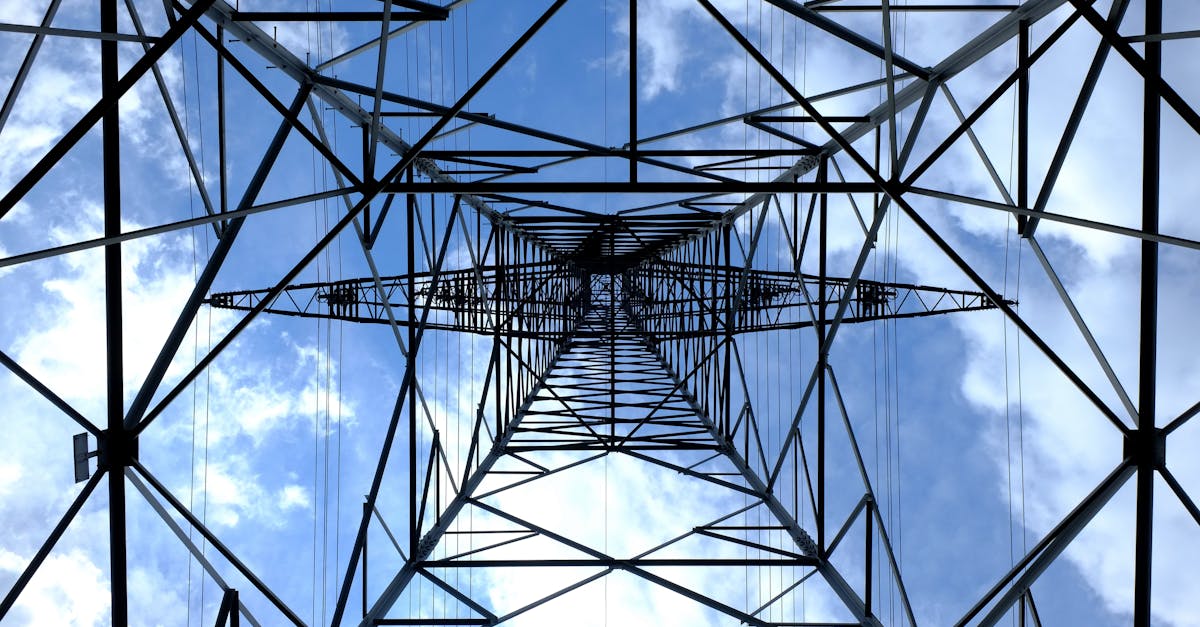Electric Utilities company Vistra is taking Wall Street by surprise today, falling to $145.66 and marking a -23.8% change compared to the S&P 500, which moved -2.0%. VST is -18.39% below its average analyst target price of $178.48, which implies there is more upside for the stock.
As such, the average analyst rates it at buy. Over the last year, Vistra shares have outstripped the S&P 500 by 347.4%, with a price change of 371.2%.
Vistra Corp., together with its subsidiaries, operates as an integrated retail electricity and power generation company. The company is a utility stock. Historically, the utilities sector has proven to be a safe haven during economic downturns, as they provide an essential service that is always in demand. Investors also tend to choose these stocks because they generally pay attractive dividends. But there is no telling if this will continue in the future.
Utilities tend to have high debt levels because of the enormous capital requirements of maintaining their infrastructure. In periods of rising interest rates, a high debt load can prove disastrous for a company. Another source of uncertainty facing the sector is the imminent rollout of new Federal clean power regulations which will increase costs for utilities, but also provide subsidies for the sector — at least initially.
Vistra's trailing 12 month P/E ratio is 27.4, based on its trailing EPS of $5.31. The company has a forward P/E ratio of 18.6 according to its forward EPS of $6.9 -- which is an estimate of what its earnings will look like in the next quarter. The P/E ratio is the company's share price divided by its earnings per share. In other words, it represents how much investors are willing to spend for each dollar of the company's earnings (revenues minus the cost of goods sold, taxes, and overhead). As of the third quarter of 2024, the utilities sector has an average P/E ratio of 20.52, and the average for the S&P 500 is 29.3.
To deepen our understanding of the company's finances, we should study the effect of its depreciation and capital expenditures on the company's bottom line. We can see the effect of these additional factors in Vistra's free cash flow, which was $3.78 Billion as of its most recent annual report. This represents the amount of money that is available for reinvesting in the business, or for paying out to investors in the form of a dividend. With its strong cash flows, VST is in a position to do either -- which can encourage more investors to place their capital in the company. Over the last four years, the company's free cash flow has been growing at a rate of 20.6% and has on average been $1.13 Billion.
Value investors often analyze stocks through the lens of its Price to Book (P/B) Ratio (its share price divided by its book value). The book value refers to the present value of the company if the company were to sell off all of its assets and pay all of its debts today - a number whose value may differ significantly depending on the accounting method. Vistra's P/B ratio is 16.74 -- in other words, the market value of the company exceeds its book value by a factor of more than 16, so the company's assets may be overvalued compared to the average P/B ratio of the Utilities sector, which stands at 2.2 as of the third quarter of 2024.
Since it has a higher P/E ratio than its sector average, a higher than Average P/B Ratio, and positive cash flows with an upwards trend, Vistra is likely fairly valued at today's prices. The company has strong growth indicators because of an average PEG ratio and decent operating margins with a positive growth rate. We hope you enjoyed this overview of VST's fundamentals. Be sure to check the numbers for yourself, especially focusing on their trends over the last few years.


